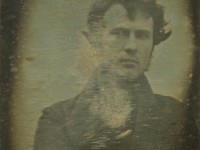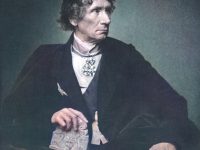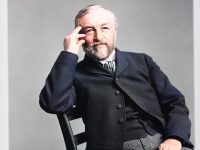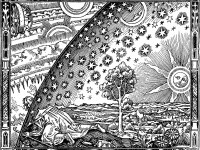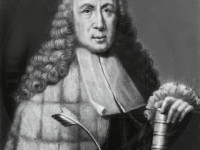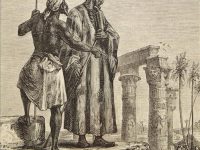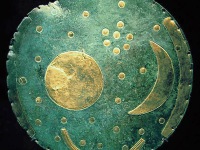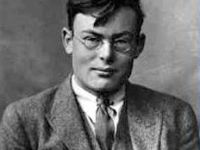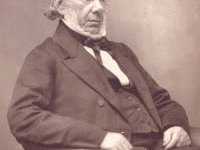Robert Cornelius shoots the very first Selfie
On March 1, 1809, American photographic pioneer and business man Robert Cornelius was born. He is credited of making the very first selfie in the U.S. With his own knowledge of chemistry and metallurgy, Cornelius attempted to perfect the daguerreotype. “I to myself am dearer than a friend.” – William Shakespeare, The Two Gentlemen of Verona (1590s) A Self-centered Society? As we all know, ‘selfies’ have become really popular in the past years. There…
Read more











